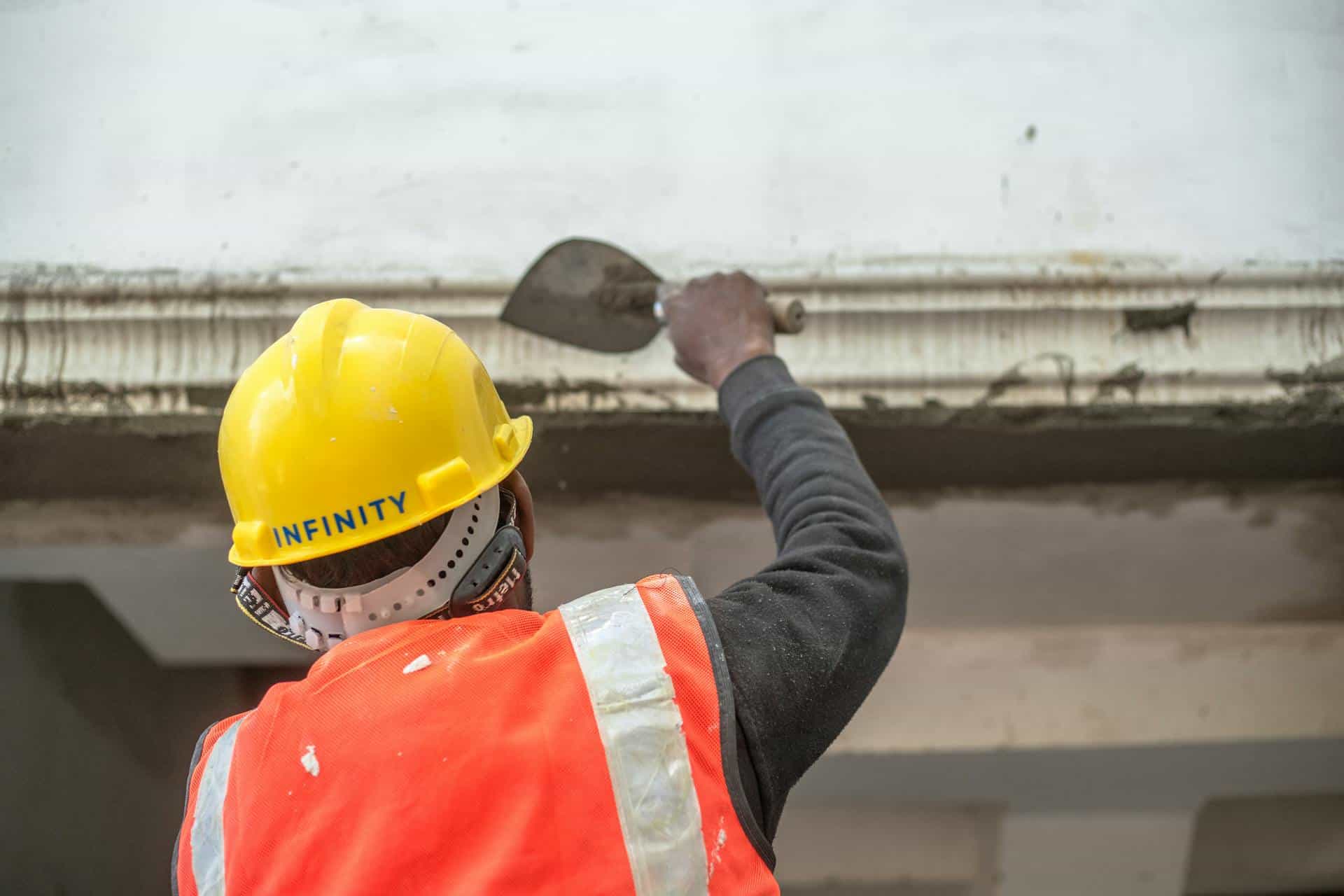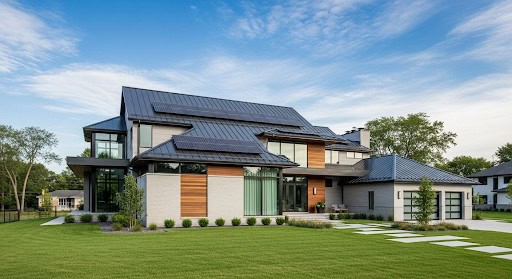Ever wondered what sets Proto PCB apart from conventional circuit boards? The world of electronics is constantly evolving, and Proto PCB plays a crucial role in this evolution.
Understanding the nuances of Proto PCB can open up a realm of possibilities in your electronic projects. Dive into the intricacies of Proto PCB to discover how it can shape the future of electronics manufacturing. For those looking for quality prototypes, OurPCB prototype services offer excellent solutions.
Key Takeaways:
- Proto PCBs are foundational for electronic circuit prototypes.
- They offer rapid, cost-effective testing of new concepts.
- Proto PCBs streamline design iterations and save money.
- They play a crucial role in swift electronics manufacturing processes.
The Basics of Proto PCB
If you’re new to the world of electronics, understanding the basics of Proto PCB can be a game-changer. Proto PCB, short for prototype printed circuit board, is a crucial component in the development of electronic devices. These boards serve as the foundation for creating prototypes of electronic circuits before mass production, and are often used by flexible circuit board manufacturers to test and refine new designs efficiently.
Proto PCBs are typically smaller in scale compared to traditional PCBs, making them ideal for testing and refining designs. They allow you to experiment with different circuit layouts, components, and functionalities without committing to large-scale production costs upfront. This flexibility is invaluable in the research and development phase of electronic projects.
One key feature of Proto PCBs is their customizable nature. You can easily modify the layout and components of the board to suit your specific project requirements. This adaptability enables rapid prototyping and iteration, helping you refine your designs efficiently. In essence, Proto PCBs empower electronics enthusiasts and professionals alike to bring their innovative ideas to life with ease.
Proto PCB Vs. Traditional PCBs
Now, let’s compare Proto PCBs to traditional PCBs to understand the key differences in their designs and functionalities.
Proto PCBs, or prototype printed circuit boards, are typically used in the initial stages of product development. Unlike traditional PCBs, which are mass-produced for commercial purposes, Proto PCBs are manufactured in small quantities for testing and validation. In terms of design, Proto PCBs often feature a simpler layout with fewer layers compared to traditional PCBs, making them easier to modify and troubleshoot during the prototyping phase.
Functionality-wise, Proto PCBs are more flexible and customizable than traditional PCBs. They allow for quick iterations and modifications without incurring high costs associated with changing large-scale production processes. Traditional PCBs, on the other hand, are optimized for mass production, resulting in higher initial setup costs but lower per-unit costs when produced in bulk.
Benefits of Using Proto PCB
Using Proto PCBs offers numerous advantages in the product development process. By utilizing Proto PCBs, you can significantly reduce the time it takes to prototype your electronic designs. This rapid turnaround time allows you to iterate on your designs quickly, speeding up the overall product development cycle.
Proto PCBs also provide a cost-effective solution for testing out new ideas and concepts. Since Proto PCBs are typically cheaper to produce in small quantities compared to traditional PCB manufacturing methods, you can save money while still being able to test the functionality of your designs effectively.
Furthermore, Proto PCBs offer greater flexibility in design changes. With Proto PCBs, you can easily make modifications to your circuit layouts without incurring substantial costs or delays. This flexibility is crucial in the early stages of product development when design iterations are common.
Proto PCB in Electronics Manufacturing
When incorporating Proto PCBs in electronics manufacturing, you streamline the prototyping process to enhance efficiency and reduce production costs. By utilizing Proto PCBs, you can benefit in the following ways:
- Rapid Prototyping: Proto PCBs allow for quick turnaround times, enabling you to test your designs swiftly and make necessary modifications without delays.
- Cost-Effective Production: With Proto PCBs, you can minimize material wastage and reduce the overall production costs associated with traditional prototyping methods.
- Enhanced Product Quality: The use of Proto PCBs ensures that your designs are thoroughly tested and refined before mass production, leading to higher-quality end products and increased customer satisfaction.
Incorporating Proto PCBs into your electronics manufacturing processes can significantly improve your workflow, helping you bring innovative products to market faster and more efficiently.
How to Choose the Right Proto PCB
To ensure optimal performance and compatibility with your electronics manufacturing needs, selecting the right Proto PCB involves assessing key factors such as material quality, size specifications, and production volume requirements.
When choosing a Proto PCB, prioritize the material quality to ensure durability and reliability. Opt for materials like FR-4 for standard applications or higher-grade materials like polyimide for more demanding environments.
Consider the size specifications carefully to match the dimensions of your electronic components and the available space in your devices. Additionally, evaluate your production volume requirements to determine if you need a prototype PCB service that can scale with your manufacturing needs.
Whether you require a small batch for testing or a larger production run, selecting a Proto PCB manufacturer that can accommodate your volume is crucial.
How Long Does It Typically Take to Receive a Prototype PCB After Ordering?
Typically, after ordering a prototype PCB, you can expect to receive it within a few days to a couple of weeks. The exact timeframe varies depending on the complexity of the design and the chosen shipping method.
Can Prototype PCBs Be Manufactured in Custom Shapes and Sizes?
Yes, prototype PCBs can be manufactured in custom shapes and sizes. You can provide specifications for the design you need. This customization allows for tailored solutions to meet your project requirements effectively.
Are There Any Limitations to the Complexity of Circuits That Can Be Prototyped on a Pcb?
When prototyping circuits on a PCB, you may encounter limitations in the complexity you can achieve. Factors like board size, component density, and trace routing can impact the circuit’s intricacy, but creative solutions can often overcome these challenges.
What Is the Cost Difference Between a Prototype PCB and a Traditional PCB?
When prototyping PCBs, the cost difference between a prototype PCB and a traditional one is usually lower due to smaller quantities and simplified manufacturing processes. It’s beneficial for testing and refining designs before full production.
Are There Any Specific Industries or Applications Where Prototype PCBs Are Commonly Used?
In various industries like aerospace, consumer electronics, and medical devices, prototype PCBs are commonly used for testing new designs quickly. They help you evaluate concepts, identify flaw







